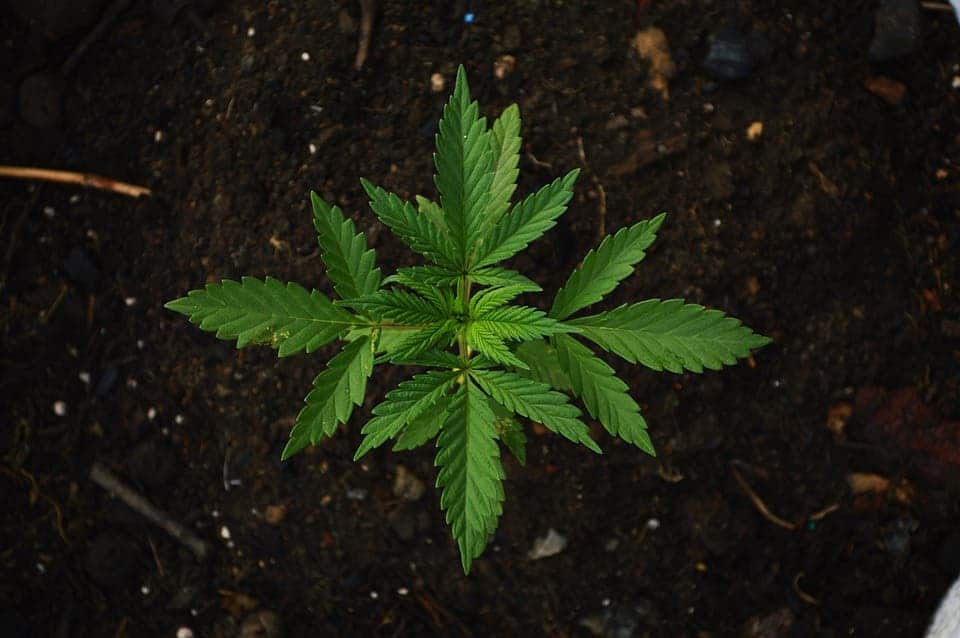Researchers have combed through state medical marijuana registry data seeking to understand whether people were using cannabis for evidence-based reasons. The findings might surprise some critics who believe most people go to dispensaries to procure marijuana for recreational use. According to the study, the vast majority of users were seeking treatment for an evidence-based medical condition, with chronic pain accounting for 62.2% of all patient-reported qualifying conditions.
Marijuana is classed as a Schedule I substance at the federal level (in the same company as heroin and ‘bath salts’), meaning the government believes that it has no accepted medical benefit and has a high potential for abuse. However, there are 33 states that have approved medical marijuana and 10 states where marijuana is legal for recreational use.
But while the marijuana legalization movement has spread fast, the science has not nearly kept up with it — and federal restrictions bear much of the blame. So even though medical marijuana may be useful in treating chronic pain, nausea and vomiting during chemotherapy, and multiple sclerosis (MS) spasticity symptoms, many doctors do not have the necessary training and guidelines at their disposal to recommend this drug to their patients.
Seeking to find out how Americans are using medical marijuana, researchers at the University of Michigan used data from state registries to identify patterns of use. Immediately, the most visible issue that they encountered was the unexpected lack of available data. Only half of the states kept tabs on patient-reported qualifying conditions (illnesses that allowed a patient to obtain a medical marijuana license) and only 20 states reported data on the number of registered patients.
“This is especially concerning in the case of California, as some estimates suggest that California may have as many patients as the entire rest of the country combined,” the authors wrote.
Even so, the number of patients included in the study was large enough to provide statistically relevant outcomes. The number of people who are using cannabis to manage their illness is growing rapidly, from 641,176 licenses in 2016 to 813,917 in 2017. The actual number of patients is likely in the millions — and an exact figure might be available in the coming years.
In order to establish the study participants’ patterns of use, the researchers grouped their conditions into evidence categories pulled from the National Academies of Sciences, Engineering and Medicine report on cannabis and cannabinoids — a review of 10,000 studies on the health effects of medical and recreational cannabis use. The authors found that 85.5% of participants had licenses for the treatment of an evidence-based condition, with chronic pain leading the list of patient-reported qualifying conditions. “This finding is consistent with the prevalence of chronic pain, which affects an estimated 100 million Americans,” stated the authors of the study published in the journal Health Affairs.
Multiple sclerosis spasticity symptoms were the second most common patient-reported qualifying condition, followed by chemotherapy-induced nausea and vomiting, posttraumatic stress disorder, and cancer.
According to lead author Kevin Boehnke, these findings show that more and more people are using cannabis to manage their pains and that the evidence-based use of cannabis is at direct odds with its current drug schedule status.
“Since the majority of states in the U.S. have legalized medical cannabis, we should consider how best to adequately regulate cannabis and safely incorporate cannabis into medical practice,” Boehnke said.










